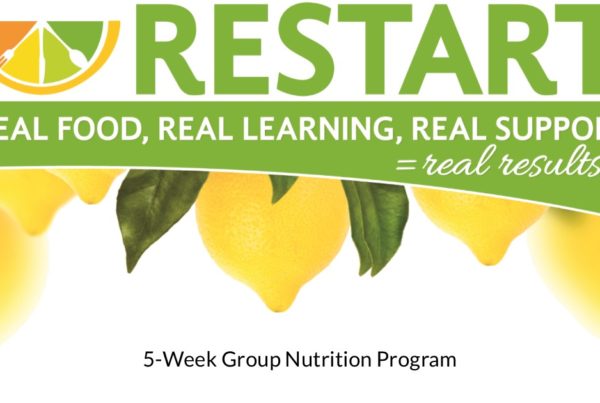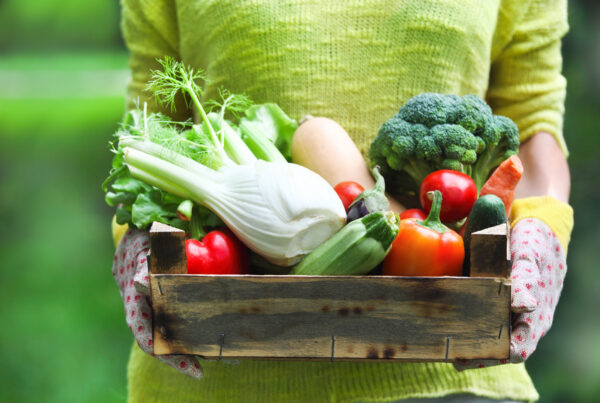“But, how do you afford it?” “Isn’t it expensive?” “Where do you find it?”
These are questions I get from women who want to provide their family with organic fruits and vegetables, raw milk, and meat and eggs from pastured animals, but are concerned about their food budgets. They already understand that organically grown foods not only have no pesticides, no GMOs, and more nutrients. They already understand that real milk from pastured cows is safer and more nutritious than the white liquid in the grocery store. They already understand that eggs and meat from pastured chickens, cows, and pork are more nutritious than the counter parts available at the supermarket. But when they try to buy pastured food products in the store, either they can’t find it or it’s so much more expensive than the nutrient deficient counter part that they don’t think they can afford it. Once I tell them how I purchase these types of food, they see that it is possible to feed your family whole, nutrient dense foods affordably.
First, let’s talk about real milk. Real milk is difficult to find in some areas but oh, so worth it. The closest dairy for real milk from pastured cows in my area is in West Jordan. Not a long drive for us, but long enough. Fortunately, there are several people in our area who also understand the benefits of real milk, so we got together and formed a car pool. There are about nine people in the car pool which means each of us drives to West Jordan about every other month. This saves on gas money. The milk from this location is $7 a gallon, a little more than the $6.50 in Pleasant Grove, but we save more than that in gas money. You can find it for $4.50 in Hyrum, but who wants to drive to Hyrum? The point is, it’s a little more expensive, but worth the price when you consider how nutritious it is.
Now, eggs from pastured hens. Of course, the most inexpensive way to get eggs from pastured hens is to raise them yourself. 🙂 We’re not there yet, so we purchase our eggs from one of two places. A neighbor sells eggs from her hens for $3 a dozen. They are HUGE! One of my husband’s co-workers sells his eggs for $2 a dozen. They’re a little smaller. (Different chicken breeds lay different size eggs.) So we purchase a dozen about every other week from one of these sources. You could probably look on KSL for a sourse close to you or check out the WAPF Directory of Sources.
Pastured meat. The best prices for pastured meat is going to come from buying in large quantities.
We purchased our pork from Brooke Peterson, a gal we found on ksl who raises pigs in Vernon. She was willing to deliver the pork to us and we were able to get the lard too for cooking and soap making. Half a pig is $250 and a whole pig is $500 plus the butcher fee of $120-$130. Hanging weight of the pig is about 220- 230 pounds which comes to about $2.74 a pound. Brooke has a blog spot, Little Pigs on the Prairie, and her phone numbers are (801) 232-9029 and (435) 839-3505. The spring pigs are already sold, but that’s ok, I like the fall pigs because they’ve spent the entire spring and summer eating all that wonderful grass. 🙂
We purchased our beef from Mitch at Anderson Farms in Willard. We picked the meat up from the butcher in Riverdale and Mitch included the organ meat, marrow bones, and tallow for us too. Mitch butchers throughout the year so you don’t have to wait for spring or fall to purchase. Our cost ended up being about $2.30 a pound and we got to tell him exactly which cuts we wanted. Mitch used to work as a butcher himself so he was great about answering all the questions I had about different cuts of meat so we could pick just the ones we wanted. Mitch’s number is (801) 317-3755.
Raw honey we purchase from Perry Honey Farm in Kaysville, (801) 451-2346. We’re able to get a gallon of raw honey for $25. I divide the gallon into pint jars so they’re easier to use.
Organic grains. We participate in the Gillmore Co-Op which offers products throughout the year. This month they’re offering heirloom garden seeds, next month is storage containers, etc. But later this year they’ll be offering grain again. I’m not sure what the prices will be this year, but last year I was able to get 50# of hard white wheat for $15, 50# of steel cut oats for $26.75, 50# of barley for $19.25, 25# of quinoa for $52, 50# of spelt for $38.25, 50# of popcorn for $24.50, and 25# of brown rice for $20.25. Rolled oats and quick oats as well as flours were offered too, and everything is organic. If you want to participate in the co-op, I’m an area coordinator so you’re welcome to get in on our order. You need to pick up your items from my house though, so if you don’t live close by, you may want to contact Karen about becoming an area coordinator for your area. Karen’s email is: GilmoreCoop@relia.net.
Organic fruits and vegetables. This is actually the easiest since there are several convenient sources. Of course the most affordable is to grow your own, but some don’t have the space to grown EVERYTHING their family eats. So we grow some in our garden, but then have other sources we use. Our favorite is the CSA. CSA stands for Community Supported Agriculture. Basically you buy a share of a farmers harvest. So, every week you pick up at a designated location your share for the week. The cost ends up being about $25 a week for a family of 2-4 depending on how much you eat, but you pay that cost up-front rather than spread out over the growing season. The CSA’s are typically organic, they’re local, and the food is picked that day. To find a CSA in your area you can go to Local Harvest, or if you’re in the Davis County, Utah area you can check out the WAPF Directory of Sources. In the winter months, we participate in Bountiful Baskets which offers an organic share for $25. The products are not always local to Utah and they’re not picked that day, but they are usually better than what’s in the grocery store. Throughout the spring and summer we might supplement with a Bountiful Baskets share depending on how our garden is doing or what’s in the CSA share that week. Some CSAs offer only vegetables but some offer fruits and vegetables. Of course farmer’s markets are always a good option but you’re not always sure what’s going to be available. Still, they’re fun to look through. 🙂
So, there you have it. Throughout the year, we’re spending less than $40 a week on groceries and then 3-4 times a year we’ll spend a $300 – $700 to purchase a large supply of grains or meat. That’s actually very, very affordable.
For additional local sources, you can check out the WAPF Directory of Sources. If you don’t live in the Davis County area, you can check out the Find a Local Chapter page of the Weston A Price Foundation website to see who your local Chapter leader is, they should have a source list for your area. While you’re on the WAPF website, take a minute to look around. They have some great articles and videos on whole foods and whole food preparation.









